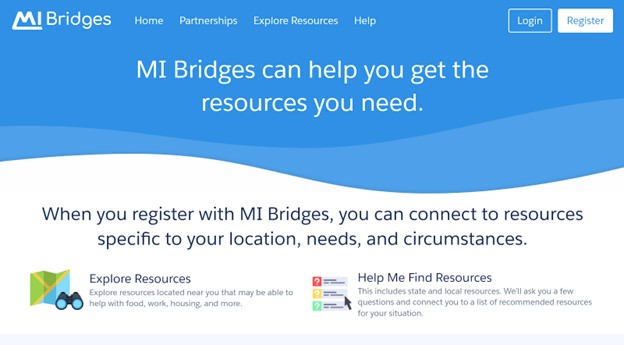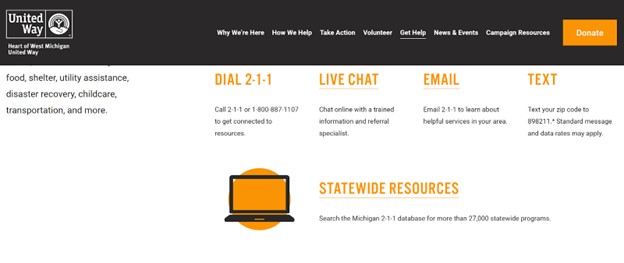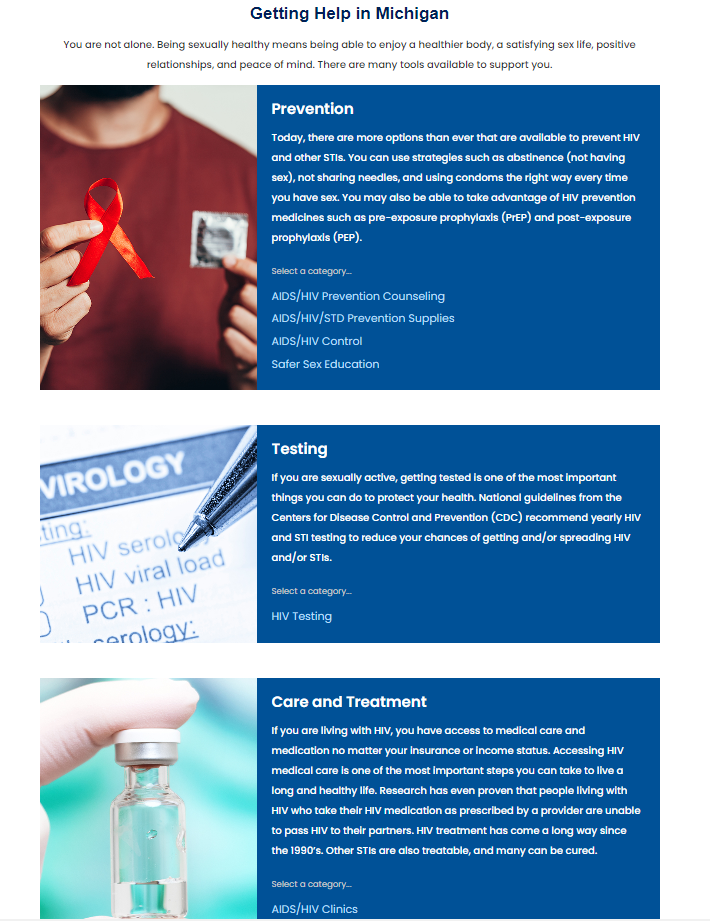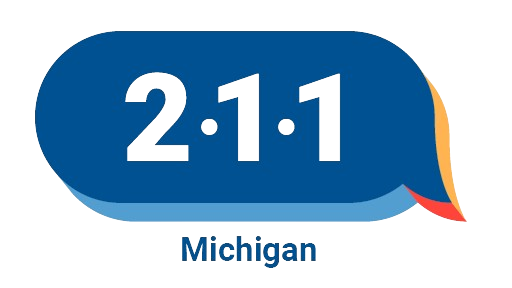[This is a guest post from Shelby Lummis, Technology Director for Michigan 211. Welcome, Shelby!]
Since the onset of the pandemic in the spring of 2020, Michigan 211 has received an increasing number of requests for real-time access to our social service directory database from partners and collaborators across the state. We actively maintain over 40,000 service records offered throughout Michigan, verifying its accuracy on an ongoing basis – and carefully curating this information to connect community members to local services. When initiatives like one of Michigan’s new behavioral health services wanted to leverage our information to improve their ability to meet the needs of their callers, we wanted to ensure that this critical information can be available where and when they need it.

To address this emergent need, 211 made the strategic decision to develop a cloud-based service that securely provides direct access to our resource database for third-party partners – our “social service directory data service.” Toward this end, we partnered with Brightstreet Group as our technology consultants, and adopted Open Referral’s Human Service Data Specification as the technical blueprint for this resource data service.
By building this service on the foundation laid by Open Referral – from data exchange standards to an array of tools and strategic insights for new forms of resource data partnerships – we were able to focus our resources on meeting the unique needs of our partners and community at large.
In keeping with 211’s approach of software agnostic integration, the API was designed to be consumable by any third party application. Already, the Michigan 211 resource data service is being used by several partners and agencies – including MI Bridges, the Michigan Hope Portal, as well as health-to-social care coordination initiatives in Jackson and Detroit. Several of our partners deploy their call centers and online services through Salesforce, and have been able to integrate our resource API with their Salesforce instance – exposing 211’s resource database natively within Salesforce as if it were part of their platform.

All together, almost a million queries have been performed by third parties accessing our database via API in less than a year.

Our own team even utilized this resource data service to build a new component on our MI211.org web page to help direct community members directly to HIV and STI services. The work done on this page was in conjunction with our partner to ensure our taxonomy terms are grouped in a way that will be easily understood by community members.

Through the course of implementing the API, we augmented HSDS in several ways to meet the specific needs of our partners. (You can read through the documentation of our implementation here.)
For instance, partners wanted the ability to search across multiple aspects of our directory’s information hierarchy – so that a complex search might specify different parameters for organizations, services, locations, or contacts. 211 and Brightstreet designed, developed and implemented a query framework thatallows for complex custom searches based on end user needs.
Building on this capability, we also wanted to meet partners’ needs to search for services provided within a specific geographic area. In Michigan, organizations’ designated area of service might be specified as a zip code, or a municipality, or a county, or even “special districts” – and there are many cases of overlap. So, our implementation team augmented the HSDS data model to enable the `type` of service area to be specified and presented accordingly. This allows for queries more closely aligned to regional or local eligibility, by combining an AIRS taxonomy term with a geographic limitation. For example, return all “Food Pantries” that serve 49417-Ottawa County.
We also designed this infrastructure as event-driven architecture, which allows us to collect data on searches as well as to monitor activities with granular control. When a user makes a query to the directory service, our system logs this as an event, capturing the type of object (service), whether the query resulted in no results being returned, and other analytics. This enables us, for instance, to constantly learn from our users’ search activities and results – in order to understand what’s working and where we need to improve. As an example, when users submit a query and get no results, the system captures the searched information for us to review gaps in communities. This has already enabled us to improve the user-friendliness of the service categories presented on our websites. As a result, in several instances in which common searches were returning zero results, we have offered up “popular terms” that reflect the most common kinds of searches while linking them to our internal taxonomy – yielding a dramatic drop in the number of searches that receive zero results. This capability is now being actively mined to determine locations within the service areas that might have inadequate or inaccurately tagged resources.
The team has also implemented granular permissions management, enabling the API to protect sensitive information within the directory – such as internal notes shared among our resource specialists, points of contact whose information is not publicly available, or certain kinds of services like domestic violence shelters or abortion clinics that may not want to share their location – so that it will only be made available to designated users. In the future, we believe this permissioning functionality could also support federated methods of resource data management, as shared among partners outside of the 211 network and even among providers themselves.
In conclusion, we believe this new, more accessible, vendor independent and standards-based directory is an important step on our journey to design and build a truly federated directory for the state of Michigan that will bring together the broadest possible collection of resources, balance curation with agency editing access, and add real-time features like eligibility checks and community self-service.
If you’re interested in partnering with us in Michigan, or even just learning more about our strategy, we’d be glad to hear from you. For questions about our resource data program, please reach out to Shelby Lummis at [email protected]. For any technical questions regarding the API spec, please reach out to Pete Richardson at [email protected].


Leave a Reply